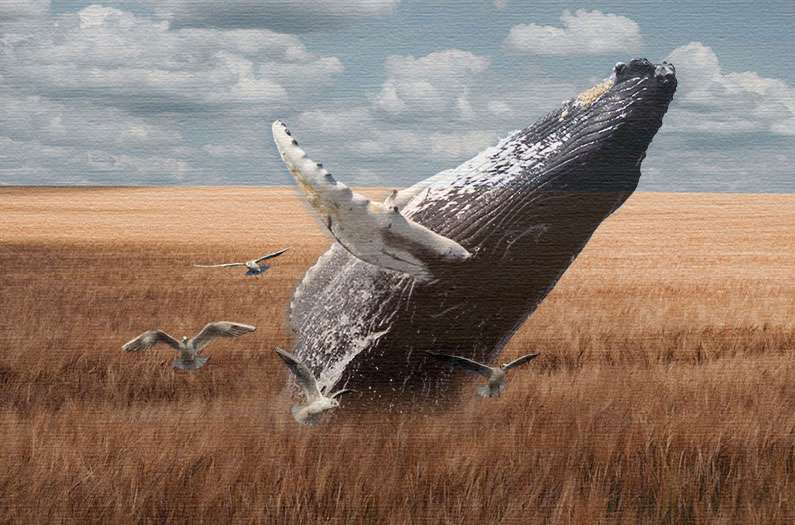Phosphorus: it underpinned the green revolution that built our modern-day food systems. But this crucial mineral is declining worldwide, and we’re scrambling to recycle it and recoup what we can.
Currently, our primary source is rock that’s rich in calcium phosphates, which we mine and spread over fields in fertilizer.
So where does wildlife come into this equation? Animals are constantly cycling phosphorus through their bodies, releasing it as urine and feces.
If animal populations were back up to pre-Industrial levels, however, they would create phosphorus dispersal on a scale equivalent to the movement of abiotic material by river systems, or dust by wind around the globe.
Looking at specific groups of animals, they calculate that revived seabird populations—whose numbers have declined by 69.5% since 1950—together with some types of salt-to-freshwater fish, could distribute up to $4.8 billions-worth of phosphorus around the planet per year.
Encouragingly, there’s already real-world evidence that taking these steps works.
Phasing in a 10% tax on mining could yield $6.5 billions annually, they calculate, which could then be directed to global biodiversity projects that help to shore up wildlife and measurably increase phosphorus production, therefore keeping this natural resource cycling around our shared biosphere.
“Let us restore wildlife populations and revitalize the natural phosphorus pump so that we can all benefit from a more nutrient-rich world,” the researchers say.
